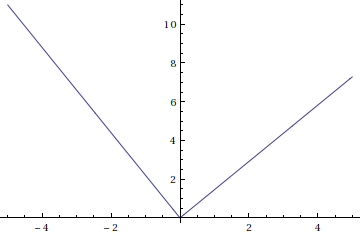>Does it mean that "c" must be lower than the third root of the equation
Yes, Root is aften returned in results by Solve and Reduce
tutorial/AlgebraicNumbers To get a sense of how the root behaves relative to T:
Plot[Root[19. T^3 - 30. T^2 #1 + 8. #1^3 &, 3], {T, -5, 5}]

But since this is just a third-degree polynomial you can get the roots explicitly by telling Reduce to expand cubics (similar option exists for quartics)
Reduce[19 T^3 - 30 T^2 x + 8 x^3 == 0, x, Cubics->True]
>Is 19. an abbreviation for an irrational number close to 19?
It represents a machine-precision number
tutorial/NumericalPrecision